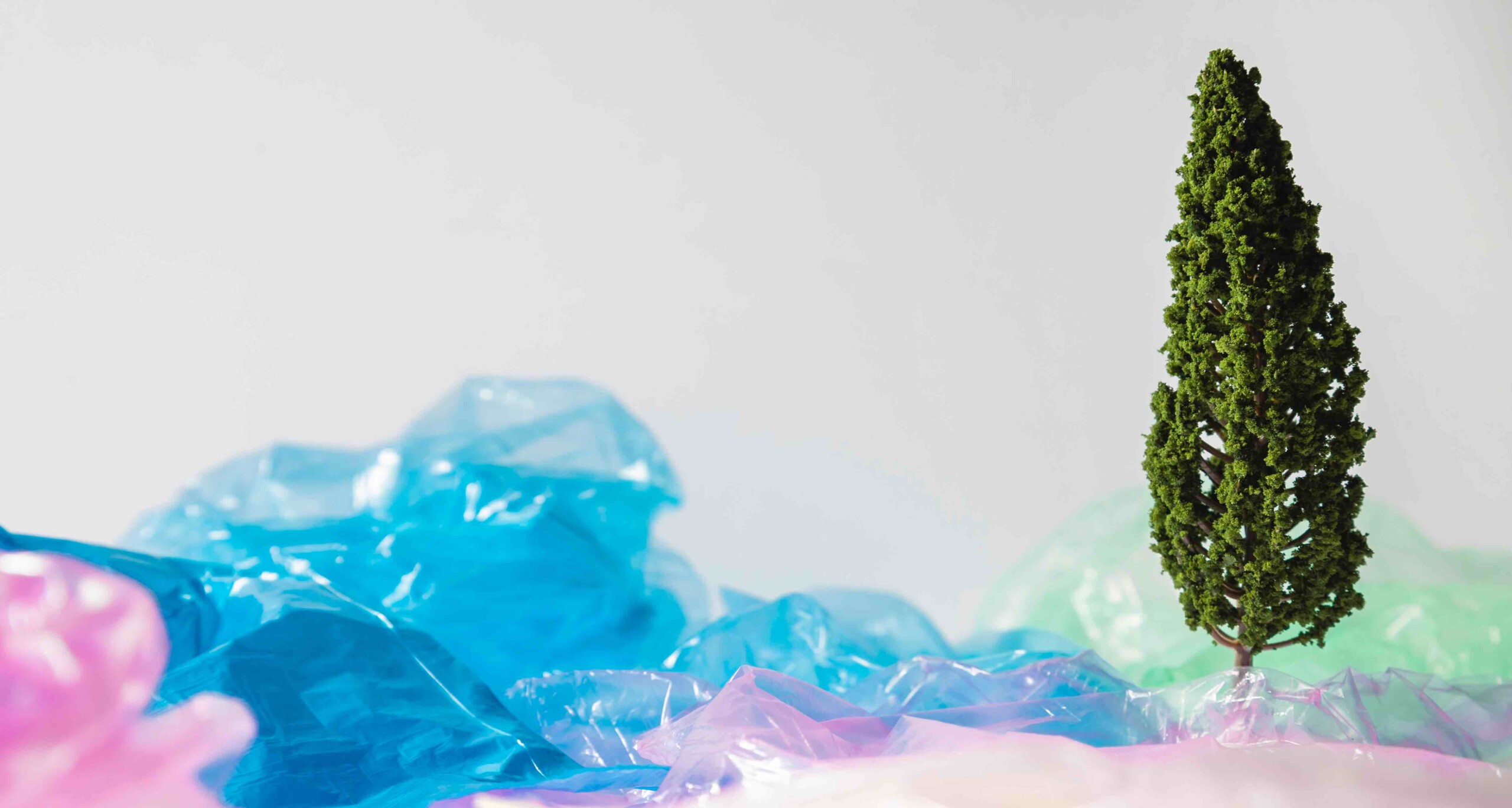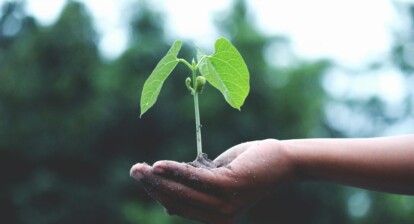Plastic is a synthetic material that is used in many aspects of modern life. It is made of various organic polymers, including nylon, PVC, and polyethylene. Due to its cost-effectiveness, resilience, and adaptability, it is widely used in a variety of industries, including construction, packaging, automotive, and healthcare. Plastic has transformed several aspects of daily life, but it also represents serious health and environmental issues that require attention.
The Rise of Plastic
The history of plastic began in the early 1900s when Belgian chemist Leo Baekeland created Bakelite. As the first real synthetic plastic, it paved the way for a revolution in materials science. Plastic’s use in consumer goods and mass production saw a boom in production following World War II. Plastic is used in everything these days, from water bottles and grocery bags to cell phones and medical equipment.
Plastic’s versatility is one of its main benefits. It can be produced in a variety of colours, moulded into almost any shape, and made as flexible or rigid as required. It is essential in many applications because of these qualities. For example, syringes, implants, and sterile packaging in the medical industry are all made of plastic.

Source: Freepik.com
Environmental impact
Plastic has a negative side despite all its advantages, mostly because of its environmental impact. Plastic remains a persistent pollutant despite being useful due to its durability. The following are some of the main issues that plastic brings to the environment:
- Non-biodegradability: The majority of plastics decompose into smaller particles known as microplastics rather than breaking down naturally. These have the ability to persist in the environment for centuries, building up in the soil, rivers, and seas
- Chemical Release: Harmful chemicals, such as endocrine disruptors, can be released during the production and degradation of plastics. Both ecosystems and human health may be negatively impacted by these substances.
- Resource Consumption: Fossil fuels are largely used in the energy-intensive and resource-dependent production of plastic. This aggravates climate change by increasing greenhouse gas emissions.

Source: Freepik.com
Moving towards sustainability
By addressing the environmental impacts, plastic may not be the same in the future. Already, there are some approaches that connect this material and sustainability:
- Recycling: Reducing the quantity of plastic waste can be achieved by increasing recycling rates and technology. More creative ways to recycle plastics are being developed; one such way is chemical recycling, which separates polymers into their monomers so they can be reused.
- Reduce and Reuse: One way to drastically reduce plastic waste is to encourage the use of reusable alternatives while minimizing the use of single-use plastics. Policy and incentive support, along with consumer behaviour, are key factors in this change.
- Policies and Laws: To control the production and waste of plastic, governments all over the world are putting laws into place. Bans on single-use plastics, incentives for using recycled materials, and enlarged producer responsibility plans are some of the measures being adopted.
- Biodegradable Plastics: Studies are being conducted to create plastics that decompose more quickly in the environment. Renewable resources are the source of biodegradable and compostable plastics.

Source: Freepik.com
How can you reduce the use of plastics?
Reducing the use of plastics in a household involves making conscious choices and adopting sustainable alternatives. Here are some practical steps to help minimize plastic use:
- Reusable bags and containers
- Use cloth or other reusable bags.
- Opt for mesh or fabric produce bags for fruits and vegetables.
- Replace plastic storage containers with glass, stainless steel, or silicone options.
- Avoid single-use plastics
- Use a reusable water bottle made of stainless steel or glass.
- Carry a reusable coffee cup for your to-go coffee.
- Use metal, bamboo, or silicone straws instead of plastic ones.
- Personal care products
- Switch to bamboo toothbrushes.
- Use shampoo bars and soap bars instead of bottled products.
- Choose a safety razor with replaceable blades instead of disposable razors.

Source: Freepik.com
By implementing these changes, you can significantly reduce the footprint of your household and contribute to a healthier environment.
Plastic has changed modern living with its unmatched convenience and inventiveness, but its effects on the environment cannot be overlooked. The difficulty lies in finding a balance between the advantages of plastic and its environmental impact as society grows more conscious of the need for sustainability. We can work toward a future where plastic continues to serve its essential functions without endangering the health of our planet by combining efforts in recycling, innovation, and policy.
The article was written in collaboration with Lea Kovalská.


